Sigma continues to think outside the box with many of its newly released lenses, and the one I have in hand is one of the most notable examples of that creative thinking. A few years ago Sigma awoke from their third party slumber and realized that they were capable of making better products than what they were currently building. They began to target a more premium place in the market, and their new “Global Vision” was introduced. New optical and cosmetic designs, new branding (Art, Sport, and Contemporary lenses), and a bit of attitude in going after the big players, particularly with their ART series lenses. They released the 18-35mm f/1.8 DC HSM ART lens a few years ago (read my review here), and after their success with a completely different kind of zoom lens, they have now addressed the full frame market with the new Sigma 24-35mm f/2 DG HSM ART. The 18-35mm f/1.8 ART lens broke the unspoken rule that zoom lenses generally have a maximum aperture of f/2.8 with a constant f/1.8 maximum aperture throughout the zoom range. The 18-35ART isn’t small or light, but neither is it exceptionally large or unwieldy.
(Prefer to watch your reviews? You’ll like this one!)
But that lens was a crop sensor specific lens, and the smaller sensor gives lens’ manufacturers more leeway to take chances. Sigma stuck to a small (less than 2x) zoom range on that lens so that they could maintain consistently excellent optical performance. Despite that limited range, however, the lens covered a number of important focal lengths like 18mm (28mm FF), 24mm (right around 35mm FF), and 35mm (50mmish FF). It’s f/1.8 aperture is 1 1/3 stops faster than any other zoom lens, and because its sharpness was excellent wide open, there was very little aperture penalty compared to primes. The more demanding nature of the full frame sensor that the 24-35 ART is designed for (even more true with so many high MP bodies being introduced) means that Sigma had to adopt more compromises, including smaller zoom range (only 12mm instead of 19mm), smaller maximum aperture (f/2 instead of f/1.8), a lens design that is both heavier (130 additional grams for a total of 941 grams…ouch!), longer (only by 1mm, though), and more expensive ($999 vs. $799). One definite plus, however, is that Sigma elected for this lens to go wider (24mm vs. 28mm equivalent), which makes it a more logical choice for landscape work…and it turns out that this is an area where the lens shines.
My concern going into this review is that the advantages of such a lens, while tangible, may be viewed as being of only marginal value compared with either options…and there are more of them when you enter the full frame lens arena. This little series from a portrait session (black and white conversion along with tone curve adjustment applied) shows that there isn’t a huge difference between 24mm and 35mm out in the real world:
Is there enough of an advantage in the limited zoom range to choose this lens over a smaller, lighter, cheaper, and potentially sharper prime like the Canon EF 35mm f/2 IS (which has the advantage of an image stabilizer)? Is there enough of an aperture advantage to choose it over a not much more expensive Tamron 24-70mm f/2.8 VC which is lighter, shorter, has a more useful focal range and a very effective stabilizer to help offset the aperture advantage? I use both of these lenses in my own kit, so part of what I will attempt to do in this review is to answer these questions. I have seen photographers asking for a 24-70mm f/2 lens from Sigma; will they be as excited by this lens? Can Sigma strike gold once again by thinking outside the box? We’ll find out!
More Build Info
The 24-35mm ART has Sigma’s now familiar (but still excellent) current design ethos. I’m very partial to the look of these lenses with their black on black look with a variety of texture and gloss finishes. I love the rubberized surface of the transition to the lens hood and both the focus and zoom rings are nice and wide along with being nicely damped. The zoom ring, while not light, has a very definite, precise feel. The focus ring moves more easily, and my only (minor) criticism is that I miss the more definite feel of the stops at minimum and infinity focus like a true manual focus lens (like a Zeiss).
This is a large(ish) lens. It weighs in at a hefty 941grams (33.2 oz), which means that it outweighs all the 24-70mm f/2.8 variants save the very hefty Nikkor. I use the Tamron 24-70 VC, and despite that lens having an image stabilizer and a much greater focal range it weighs 136 grams less than the Sigma 24-35mm. The Sigma is also an additional 5mm longer (about 4.8″/122mm), but this is fairly negligible. Sigma’s own ART series 35mm f/1.4 weighs 665g (a good third less) and the Canon 35mm f/2 IS weighs a paltry 335g (only a little over a third of the weight).
The lens features a fairly complex 18 elements in 13 groups. It has a nine rounded blade aperture iris that retains nicely circular highlights even when stopped down a bit. It has a minimum focus distance of only 11’’/27.9cm, giving a maximum magnification figure of right under .23x, which is certainly useful. The Canon EF 35mm f/2 IS has a slightly better .24x, but Sigma’s own 35mm f/1.4 and the Tamron 24-70 trail this figure at .20x. My shots near minimum focus suggest the Sigma performs very well at minimum focus distances.
The 24-35 ART has a largish but not uncommon 82mm front filter thread. There has been a trend towards this larger filter size in the past several years, and the fact that it is now shared by a number of recent lenses means that the price of 82mm filters has drifted down. I used both a circular polarizer along with an ND1000 (ten stop ND filter) that allowed me to do some long exposure landscape work with the lens. I didn’t detect any unusual vignetting caused by my filters (it helps to be stopped down – eliminating the already heavy natural vignette at wide apertures).
I continue to be somewhat surprised by the fact that Sigma is not making any weather sealing claims with the ART series. I recently reviewed a $249 Tamron zoom (18-200 VC) that made a “moisture resistance” claim (which usually the only real visual evidence of is the rubber gasket around the lens mount). You can debate how much of a difference “weather sealing” makes, but I know there are a number of working professionals and amateurs alike who prefer the peace of mind of weather sealing. Sigma definitely makes such claims about weather sealing in their telephotos, and it seems like these ART series lenses should have some attempt at some moisture resistance.
I say it in every Sigma review, but it bears repeating. Sigma always includes a nice, useful padded case for the lens. If you travel with your gear, this can be very valuable, and it saves purchasing something similar on the aftermarket. Sigma cases are the best OEM padded cases (other than high end Canon telephoto cases), and are infinitely more useful than the “suede” sock that Canon L lenses ship with.
AFMA and Autofocus Observations
Going into Sigma reviews I expect two things: some impressive optics and some kind of quirk with the autofocus. I was happy and relieved after my challenging session trying to calibrate the 18-35mm f/1.8 that while the 24-35 ART did require a significant amount of AFMA adjustment (for me the numbers were -14 on the wide end and -12 on the ‘telephoto’ end – but these numbers probably won’t work for you) the lens consistently and repeatedly showed those same numbers. I have taken to running both an automatic AFMA through Reikan FoCal and then a semi-automatic test where I spend some time both eyeballing the results (the chart as well as numbers) and making sure they are highly repeatable. By the time I finish I usually feel very confident that I have dialed in the right result. As a matter of preference I prefer numbers that are closer to zero in an AFMA (people without an AFMA function on their camera bodies need lenses that ship well calibrated), but I am encouraged by the fact these numbers were repeatable. Early focus accuracy seems pretty good.
The advantage of purchasing one of Sigma’s modern releases is the ability to use Sigma’s USB dock to fine tune focus for several specific distances. There will be a learning curve as you learn how to properly utilize the dock (an additional $60 charge), but my feeling is that it is worth the effort to get the best results from your lens. This is doubly true if you have a body that does not support AFMA – you can still calibrate the lens for the body with the USB dock. The USB dock will also enable you to load firmware updates to your lenses (helping to prevent incompatibility issues with future bodies) and will also work with most other newer lenses from Sigma. Spending some time with the dock and fine-tuning this lens will help you get the best results from it. I personally spend a fair bit of time calibrating each of my lenses; if I have invested in them, I want the confidence that I am going to get the best performance possible out of them. I don’t spend quite as much time with review lenses because I typically have them for only a month, but I am willing to invest some serious time in the equipment I personally add to my kit. Calibrating a lens properly doesn’t make the lens sharper (those optics aren’t going to change!), but it will make more of your pictures sharp as the lens AF will more reliably achieve optimum focus.
All of this being said, I noticed a big difference in the focus accuracy of this lens vs. the older 18-35 ART lens. The 24-35 still isn’t as good as my best lenses, but misses were far fewer and never completely off. The biggest challenge is in doing portrait work at wide open apertures, and particularly in that region from about 10-30 feet. Many lenses have fairly little “throw” or travel in that region. Look at it this way: this lens has a manual focus ring with a distance window and roughly 100 degrees of rotation. Of that 100 degrees, about 90 degrees of that rotation are from minimum focus to four feet. That means that there are only about ten degrees of rotation from 4 feet to infinity. Adjustments within that range are VERY finite. It is unsurprising that this is where most of the lens’ misses happen. The misses that I got during a brief portrait session were small enough to only really be apparent at pixel level examination and would still be usable for most applications. Because of this, I feel that some time spent with the USB dock would help to improve that accuracy to reliable levels. The shot and crop below shows that for the most part I was getting “nailed” focus results, and when properly focused, the lens is very sharp!
This has been the Achille’s heel of the Sigma ART series (for me and many others by internet reports), but this lens feels like progress in the right direction. The personal challenge for me is that my Canon EF 35mm f/2 IS happens to be one of my most accurately focusing lenses; it just doesn’t miss, period. I personally still favor it over this lens for that reason although this lens may just be a bit sharper. But that is just a personal anecdote, and for this review I am happy to report that I have no real concerns about autofocus accuracy.
Focus speed is good (particularly for a lens full of large glass elements like this). I sometimes find with a few of my Tamron lenses that you can perceive the force needed to move those big elements (like a bit of lag), but I don’t notice anything like that here. This lens, like many other Sigma lenses, is among the quietest focusing lenses.
Image Quality
One thing is certain – if the size and limited zoom range don’t throw you off, the image quality from the lens certainly won’t either. The amount of resolution that the Sigma is producing at each stop along the journey of its minor zoom range is impressive and certainly rivals equivalent prime lenses. That resolution extends across the frame, and I found the lens performed very well at infinity along with closer focus distances. Please note that unless specified, all images that I share in this review have received no processing. They were literally imported into Lightroom and then exported. No change to contrast, color, distortion, vignette, chromatic aberrations, etc… I used the 24-35 ART in a variety of situations, and here are a few of my observations:
- The primary negative that I can find is a rather pronounced vignetting (particularly at 24mm) that is noticeable in most every shot at wide apertures. At times a natural vignette can be an attractive quality, but there are other times when it will give a “heavy” feel to your images that you won’t like. Since there isn’t a standard profile in Lightroom/Adobe Camera Raw available, I did a manual adjustment and found that I needed around a +87 figure with while moving the midpoint in +27 to completely eliminate the vignetting. P.S. That’s a lot! Here’s the example that I manually fixed before and after (shot is 24mm f/2)
- Chromatic aberrations are really nicely controlled. I see only the faintest bit of green fringing at wide apertures, and that only when looking at a pixel level. It wasn’t uncommon for most primes prior to just the last couple of years to have a considerable amount of chromatic aberrations, but Sigma has found a way to control those very effectively with their ART series lenses.
- Flare control seems a bit better than the 18-35mm ART lens. I got a tiny bit of ghosting, but very little veiling. Contrast remained strong when I got the sun into the frame. The bit of green ghosting on the dog’s ear below is the most egregious thing I saw…and it wasn’t much.
- One very positive trait shared with the 18-35 ART is the excellent sunburst/sunstar created by the lens. This may seem like a small detail, but the quality of that sunburst can really make a landscape shot.
- Distortion control is very impressive. 24mm is fairly wide, but even at 24mm the amount of distortion is nicely managed. I decided to do a comparison between the Tamron 24-70 VC at 24mm. I wanted to see directly how much distortion there was by comparison, and using a brick wall also reveals distortion patterns. The Sigma showed very low barrel distortion. There was a clear difference between it and the Tamron (which actually has less barrel distortion than Canon’s own 24-70mm f/2.8L II). Across the frame the Sigma is producing nicely straight lines. Little correction is needed. The first image below shows the comparison between the Tamron (right) and Sigma (left). The last two shots show the results from the Sigma at 24mm and 35mm respectively.
- Perhaps the counterpart of this is that the Tamron is noticeably wider at 24mm. Still, I wouldn’t be surprised to find that you would have as much image left after distortion correction due to the higher distortion of the Tamron.
- Color rendition is excellent from the lens as well. Colors are rich and yet realistic, and the images remind me a lot of those I got from 50mm f/1.4 ART (and that’s a good thing!). Contrast is very strong. The combination of good contrast, good color, and great sharpness give images a very nice “professional” quality that easily justifies the price of the lens.
The excellent image quality, very high resolution, low distortion, and ability to use traditional filters makes this a nice choice as a landscape lens. It isn’t as wide as many other options, but if 24mm is wide enough for you the lens will produce some very strongly detailed, beautifully colored images. It seems ready to be paired with some of the higher resolution bodies now on the market. If you aren’t comfortable composing at wider focal lengths and want excellent image quality in a moderately wide lens, this is a pretty compelling option as it can also function better as a general purpose/wide prime than some of the true wide angle lenses. The fact that it retains the use of traditional filters should not be overlooked, either. Finally, the excellent sunburst produced when the lens is stopped down is a great extra detail.
I should also note that the extra wide aperture (for a zoom) helps to create more options for storytelling. See the difference in perspective provided by my focus in these two 35mm f/2 shots. I prefer the one with the girl out of focus as it (to me) is more effective as a storytelling image (and would also make a great B-roll shot from a portrait session).
Although I’ve elected to share mostly images in this review without any post processing work, I should note that the images from the lens lend themselves to processing very well. They are sharp and have good contrast, and that opens up a lot of potential for playing with them. Here are a few images that I’ve added some post work to during my review period:
What else is the lens good for?
Pretty much everything that 24mm, 28mm, and 35mm prime lenses are good for. One great application is environmental portraiture. The ability to get sharp, crisp results at wide apertures (though one stop less than a 35mm f/1.4 prime) will allow you to include full body, environmental shots while retaining a bit of the 3 dimensional “cut-out” effect that is so valuable in producing professional looking portraits. Just don’t expect the kind of subject isolation that longer focal lengths provide. Pairing a lens like this with a nice telephoto will allow you to have some great variety in your portrait sessions. Here’s an example of an environmental portrait at 35mm f/2:
I enjoy getting close to flowers or other objects and being able to blur the background but still retain some storytelling context due to the wider focal length. You can get closer than a foot with the lens and get a nice bit of magnification. Here are a few examples of what you can do with nature shooting at close distances. I’ve included a shot of a bench at both 24mm and 35mm to show you the different perspectives available.
What is the Lens Not so Good For?
Some people enjoy this kind of focal length as a street or walk-about lens. I would suggest that a small prime might be better for this, however, as this lens is not particularly small or light. It probably isn’t the best choice for travel, either, as it is pretty large and heavy along with the fact that it isn’t weather sealed and has a confining zoom range. I still prefer a 24-70mm lens for travel; that focal length just opens up more opportunities.
The lens is also not my top choice for astraphotography. The f/2 aperture is a big advantage, as it will enable you to get a lot of light to the sensor and enable you to use lower ISO settings, and certainly the high native sharpness is another advantage. There are two disadvantages, however, and one of them is pretty big. The smaller deal is the high level of vignetting at the wide apertures you are likely to be using the lens at for this kind of work. The bigger deal is that while coma isn’t terrible (not quite flying ducks or flying saucers), light points (stars) tend to be elongated and look more like the beginning of star trails normally associated with longer exposure times. The crop here is from a 20 second exposure (too brief for actual movement of the stars), and yet when I viewed the image I had to double-check the exposure time because the star points looked like the exposure was longer (more like 40-50 seconds).

This same trait was evident in all the night shots I took that included stars, regardless of exposure length. If shooting astraphotography is a priority to you, you may want to consider Tamron’s new 15-30 f/2.8 VC lens. After extensive testing it is my new lens of choice for this kind of work. That being said, don’t be afraid to pull out the Sigma 24-35mm at night, either. It’s behavior here is far from the worse I’ve seen, and it’s lovely color rendition will make for some beautiful images. You can see one of my favorites here:
The What and the Why (Conclusions)
I seriously doubt than many people will be disappointed by the “what” of this lens. It is a beautiful optical instrument, offering superb image quality with remarkably few defects. It is beautiful made, handles well, and is generally a delight to use in the field. As these images show, it can also be pretty bokehlicious when used the right way:
Where people may not buy into the Sigma 24-35mm f/2 ART lens is in the “why” department. The limited zoom range is going to cause a lot of people to wonder “why”, particularly when Sigma themselves have both excellent 24mm f/1.4 and a 35mm f/1.4 ART series primes. The 18-35mm f/1.8 ART has proven successful in part because there are relatively few quality alternatives specific to the APS-C market. Part of the challenge for this lens is the fact that full frame owners have a much broader choice of quality options. I called the 18-35 ART the Cadillac of crop sensor zooms. The 24-35mm f/2 ART is not only more limited in scope (slightly smaller aperture, smaller zoom range) but it faces a much stronger field of opponents. I own the Canon 35mm f/2 IS, which offers similar image quality at a lower price, much smaller size, and adds an extremely effective image stabilizer and higher focus accuracy. The tradeoff vs. many other 24mm or 35mm primes is that you lose a full stop of light to gain the small amount of zoom. You also get a larger, heavier lens.
The upside is that this lens gives up nothing in image quality to any of them and gives you the flexibility to zoom back to 24mm to provide a different perspective when things get tight. That may not seem like a big deal if you are working outdoors and it’s a matter of stepping forwards or backwards a few feet, but some of you work in tight spaces in a studio or interior spaces where stepping further back simply isn’t an option. I would consider this lens a better landscape option than 35mm lenses for this reason and better than a 24-70mm zoom because of the fact that distortion at 24mm is so well controlled (better than any of the 24-70mm options). If you view this lens as three quality primes in one, the convenience and image quality will probably be an acceptable tradeoff for the larger size and weight.
At a thousand bucks ($999 at B&H Photo), the lens isn’t cheap but is appropriately priced for its performance when one considers the number of primes that cost far more. The price is very consistent with the standard Sigma has set for the ART series…and they are selling a lot of lenses at this price point.
In conclusion, the only real thing this lens has going against it is the rather narrow terms of its existence. It is a large lens with a limited zoom range and an aperture that, while larger than competing zooms, is smaller than the primes it competes with. Sigma took a step into no man’s land with this lens, and ultimately sales success will determine whether or not it was a gamble worth taking. If you want both a 24mm prime and a 35mm prime, this lens is cheaper than purchasing the 24mm ART and the 35mm ART, although you will lose a stop of light gathering. If the terms of its existence are acceptable to you, however, the Sigma 24-35mm f/2 ART lens itself will be more than acceptable. It is very sharp, has great color, low distortion, low chromatic aberrations, and focuses more accurately than any of the ART series lenses I’ve used previously. The only optical mark against it is pronounced vignetting, and this is fixed rather easily in post-production. This optical excellence is packaged in a well-designed, well-engineered body that should serve you well for years to come. The only real question is whether this lens will be more useful to you than an equivalent prime or a standard 24-70mm f/2.8 zoom…and that is a question that only you can answer.
Pros:
- Excellent sharpness at all focal lengths, even wide open
- f/2 aperture is a full stop wider than other full frame zoom lenses at f/2.8
- Great color rendition and nice bokeh
- Chromatic aberrations well controlled
- Very low distortion at 24mm – much better than 24-70mm zoom lenses
- Beautiful build quality and design that functions well cosmetically and mechanically
- Uses traditional filters (82mm) without apparent penalty
- Comes with a nice padded case
- Better focus accuracy
- Ability to use USB dock (sold separately) to fine tune the lens
Cons:
- Very narrow zoom range (12mm)
- Large and heavy
- Lacks any weather sealing
- Heavy vignetting at wide apertures
- AF accuracy, while improved, is still not top shelf quality
- A less than amazing coma result
Big thanks to B&H Photo for providing me a retail copy of the lens for review purposes. They are fantastic to work with both as a partner and as a retailer. I’d appreciate if you give them your business through the links below, which also helps keep me in business. Thanks!
Gear Used:
Canon EOS 6D DSLR Camera (Body Only)
Sigma 24-35mm f/2 ART
Adobe Lightroom CC Software for Mac and Windows (Boxed Version)
Adobe Photoshop Creative Cloud 1-Year Subscription
Alien Skin Exposure 7 (Use Code “dustinabbott” to get 10% anything and everything)
Purchasing your gear through B&H and these links helps fund this website and keeps the articles coming. Thank you for your support.
Great News! I can now offer a 5% discount on all purchases at Amplis Foto, Canada’s Leading Photographic Supplier. Please enter discount code: AMPLIS52014 in your cart. It is good for everything in your cart, and is stackable with other coupons, too! It will take 5% off your entire order! Proceeds go towards keeping this site going and providing you with new reviews!


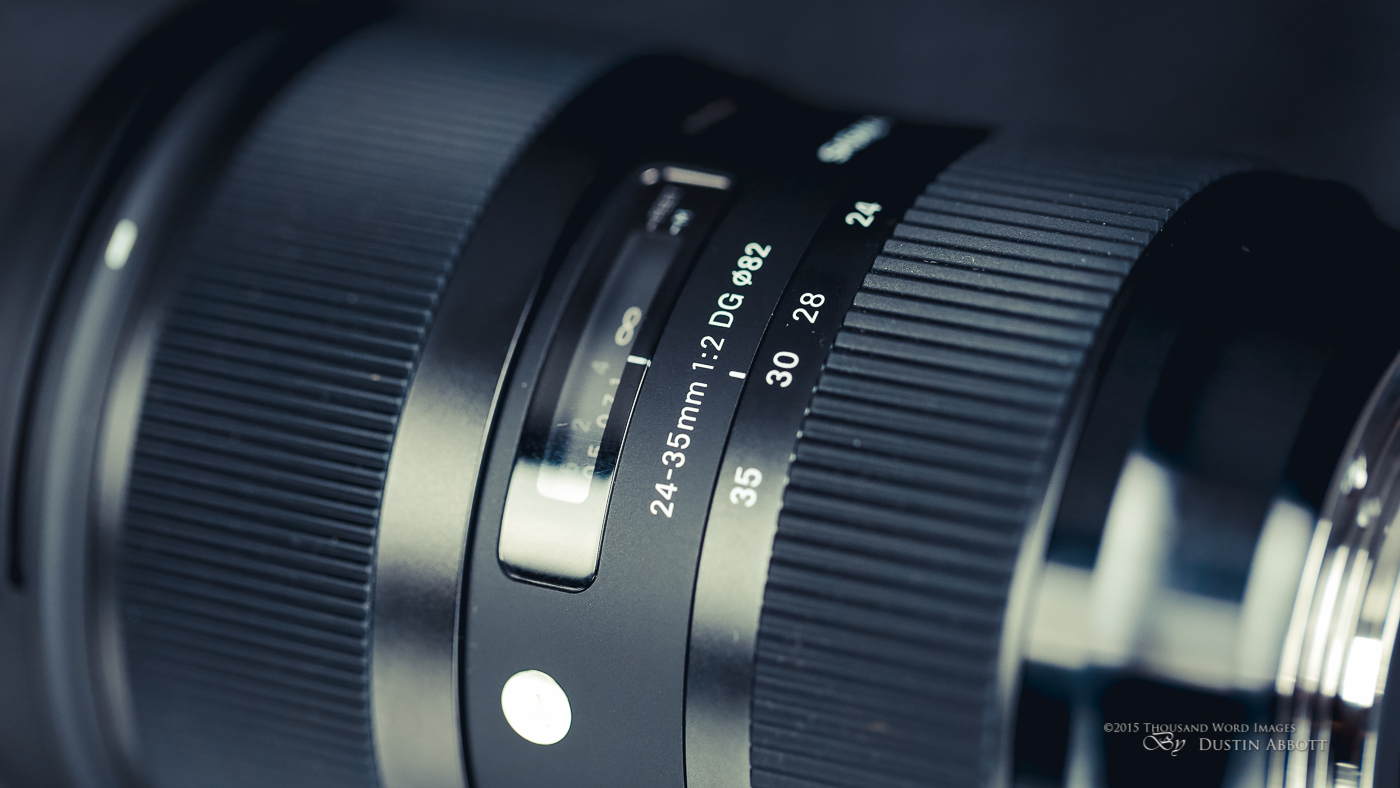


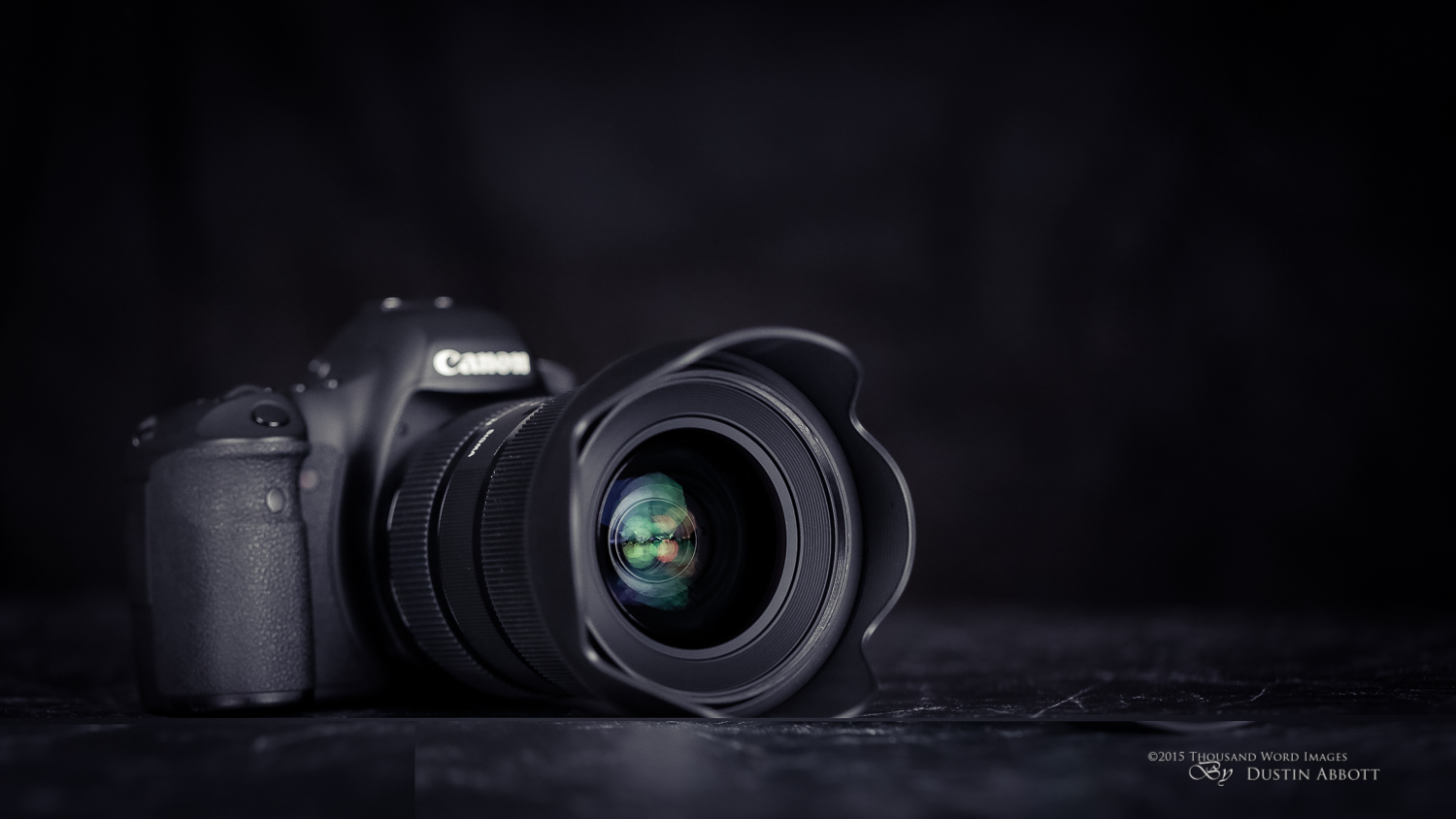

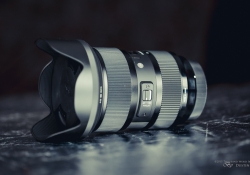
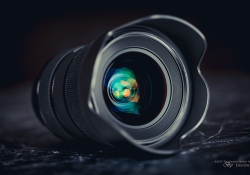
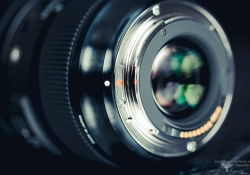
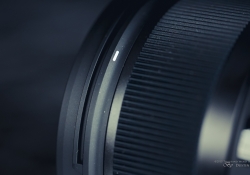
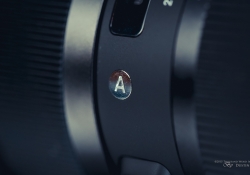
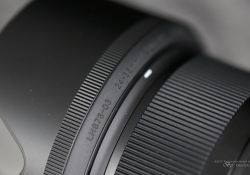
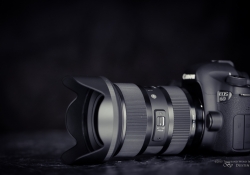










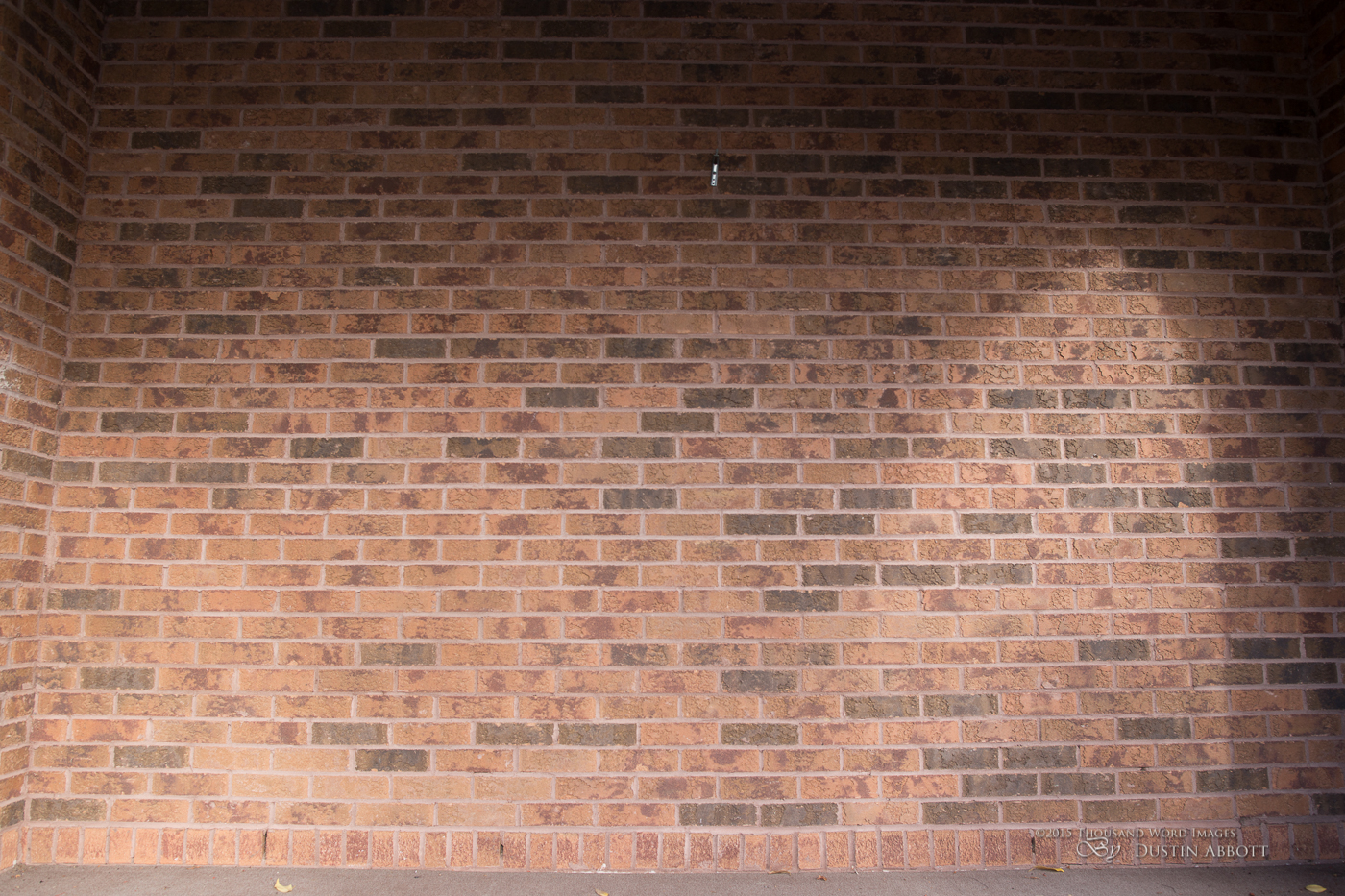














































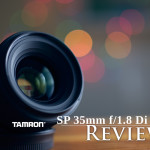

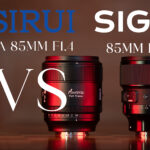
You have the best unbiased and informative reviews!
Keep it up especially how logical & well thought out you present it!
Can you compare this sigma 24-35 f2 against canon 24-70 f2.8 II??
I want to get a full frame camera now and can’t decide between these 2 lens.
I’m looking for the best overal image quality, sharpness and auto focusing. Mainly just for general picture taking, portraits, landscapes etc..
Both lenses are exceptionally sharp, but if you are looking for general purpose shooting, it is hard to beat a 24-70mm lens. It’s a great focal range. I think you will find the 24-35mm pretty confining if it is your primary lens.
Thanks was thinking the same but the faster aperture of sigma is very tempting still!